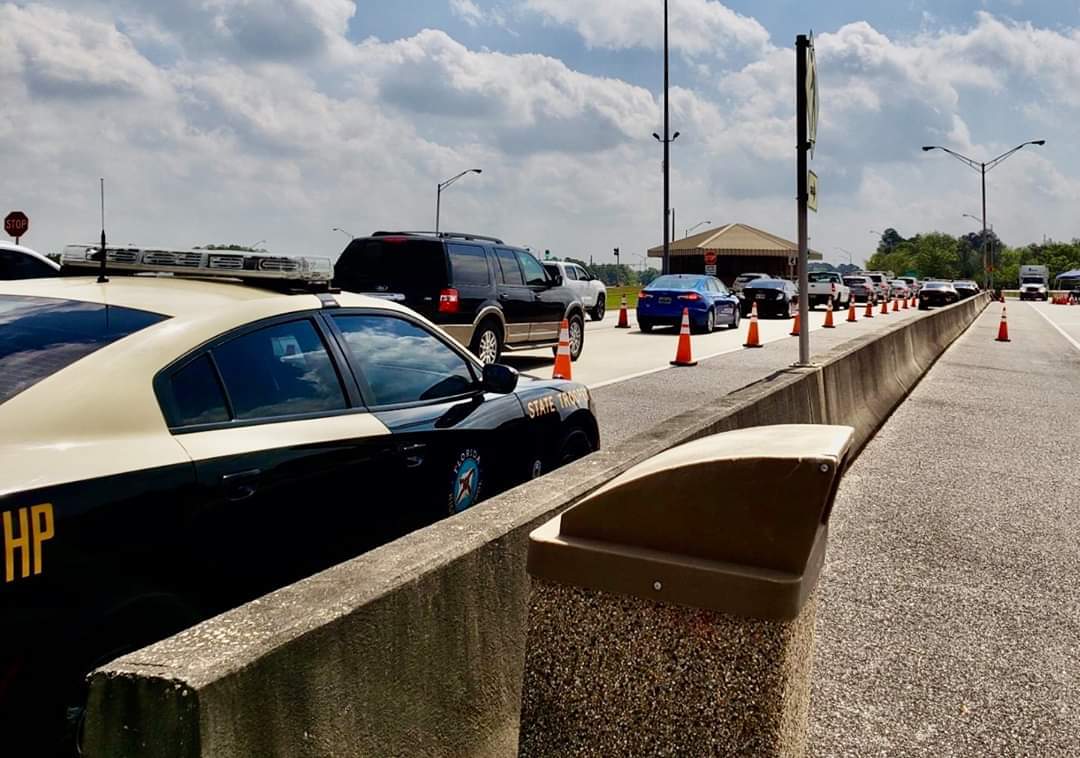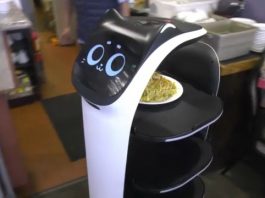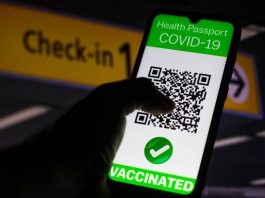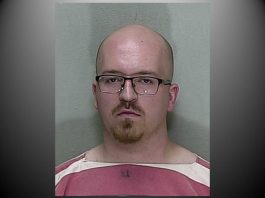 The Florida Highway Patrol now has a checkpoint in place at the Florida state line.
The Florida Highway Patrol now has a checkpoint in place at the Florida state line.
Some citizens are angry over the checkpoint, referring to it as a move by a police state.
Others say they feel it is a necessary move to prevent the spread of COVID-19 from those trying to enter from States like New York and New Jersey.
The press release, dated March 28, reads as follows.
Effective immediately, motorists who are traveling from areas with substantial community spread including Louisiana, New York, New Jersey, and Connecticut, will be required to isolate for a period of 14 days upon entry to Florida or for the duration of their visit, whichever is shorter, and should be prepared for additional monitoring by DOH to help mitigate the spread of COVID-19.
Executive Order 20-86 does not apply to persons performing military, emergency, health or infrastructure response, or persons involved in any commercial activity, including individuals that live in Georgia and commute to work in Florida.
Upon entry in Florida, each arriving traveler or responsible family member (if traveling as a family) will be required to complete a traveler form. The form requires key information, including each traveler’s contact information and trip details. Failure to complete the form and failure to follow any isolation or quarantine order from DOH is a violation of Florida law.
Additionally, travelers will be provided with a traveler card, which has contact information and guidance in the event the traveler exhibits symptoms while in isolation that is attributed to COVID-19, including fever, cough, or shortness of breath.
To assist with the implementation and enforcement of the Executive Order, Florida Highway Patrol will staff the checkpoint at I-10 at the Alabama/Florida line, 24 hours a day with approximately 16 troopers in 12-hour shifts.
In addition to I-10, a checkpoint is being implemented at the Florida/Georgia line on I-95.
U.S 17 in Nassau County is open, while the southbound ramp from I-95 to U.S 17 is closed.
Motorists approaching the checkpoint should be prepared to reduce their speed and expect to receive directions from law enforcement.
Depending upon the motorist’s origin, they will be directed to either proceed back to the interstate or to pull aside for further screening.
Commercial motor vehicles should proceed in the left lane and may bypass the checkpoint to ensure the timely delivery of essential products across the state.






